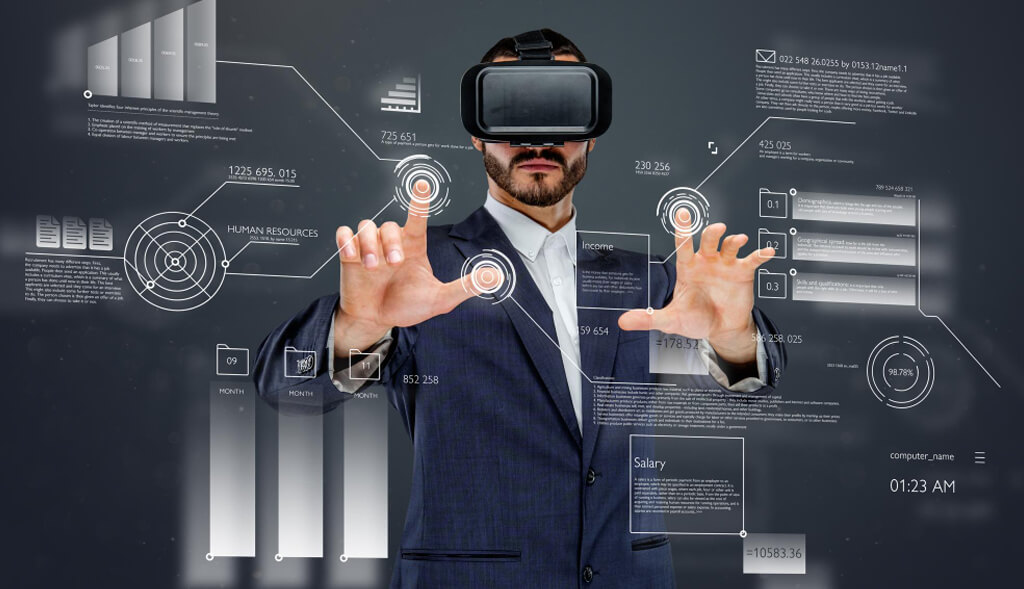Top 10 Emerging Technologies Businesses Should Adopt in 2025
It’s not enough to keep pace in today’s market—businesses need to be thinking two steps ahead. The technologies that were ’emerging’ a year ago are rapidly becoming table stakes. For 2025, the competitive edge belongs to those who adopt the right innovations with clear, strategic intent. This isn’t just about cool new gadgets; it’s about fundamental shifts in how we operate, serve customers, and manage risk.
Here are the ten technologies we believe will define business success in the coming year, demanding your attention and investment now.
The Top 10 Emerging Technologies for Business in 2025
-
1. Agentic AI and Intelligent Automation
Forget basic chatbots. We’re moving into an era of Agentic AI, where systems can independently plan, execute multi-step tasks, and make complex business decisions. This means autonomous workflow optimization, highly streamlined IT operations (AIOps), and a fundamental change in decision-making speed. Adopting this means moving beyond simple automation to genuine digital collaboration.
-
2. Generative AI Governance Platforms
As Generative AI (GenAI) scales from pilot to enterprise-wide deployment, governance becomes critical. Businesses are adopting specialized platforms to manage ethical deployment, ensure data privacy, and maintain regulatory compliance. This is about trust, security, and making sure your AI isn’t a liability.
-
3. Hyper-Personalization at Scale
Using combined, real-time customer data platforms (CDPs) with AI and Machine Learning is driving hyper-personalization. It allows businesses to move beyond segmentation to delivering genuinely unique, moment-specific experiences across all touchpoints, fostering unprecedented loyalty and engagement.
-
4. Edge Computing for Real-Time Operations
The proliferation of IoT and advanced analytics demands data processing closer to the source. Edge Computing reduces latency and enables real-time decision-making in environments like smart factories, autonomous vehicles, and remote healthcare. It is essential for mission-critical, low-delay applications.
-
5. Post-Quantum Cryptography (PQC)
With quantum computers on the horizon capable of breaking today’s standard encryption, PQC is a proactive security imperative. Businesses must begin the migration to quantum-resistant encryption protocols to protect their long-term data security and intellectual property.
-
6. Extended Reality (XR) for Enterprise
Encompassing Augmented Reality (AR), Virtual Reality (VR), and Mixed Reality (MR), XR is revolutionizing training, remote collaboration, product design (virtual prototyping), and customer engagement (AR-enhanced retail). It transforms physical distance into a competitive advantage.
-
7. Low-Code/No-Code (LCNC) Platforms
To keep pace with the demand for custom applications, LCNC platforms are empowering business users (citizen developers) to build their own tools. This drives agile development, reduces dependence on specialized IT talent, and dramatically accelerates digital transformation efforts.
-
8. 5G Advanced & Private Networks
Beyond public 5G, businesses are investing in private 5G networks to ensure ultra-reliable, high-capacity, and low-latency connectivity within their own facilities. This is foundational for fully integrating IoT, robotics, and smart manufacturing systems.
-
9. Sustainable and Green Technologies
Driven by regulatory pressure and consumer demand, Green Tech is moving from a CSR initiative to a core operational strategy. This includes everything from advanced waste-reduction technologies to AI-driven energy management systems that optimize power consumption across the enterprise.
-
10. Blockchain for Supply Chain Transparency
While hype has stabilized, the utility of Blockchain for supply chain management, logistics, and digital identity is undeniable. It provides an immutable, transparent ledger for tracking goods from origin to consumer, enhancing trust, ensuring ethical sourcing, and reducing fraud.
The mandate for 2025 is clear: strategic adoption is the key differentiator. Identify the two or three technologies on this list that offer the greatest leverage for your unique business model, and commit the resources to scale them effectively. The future belongs to the agile innovators, not the passive observers.




